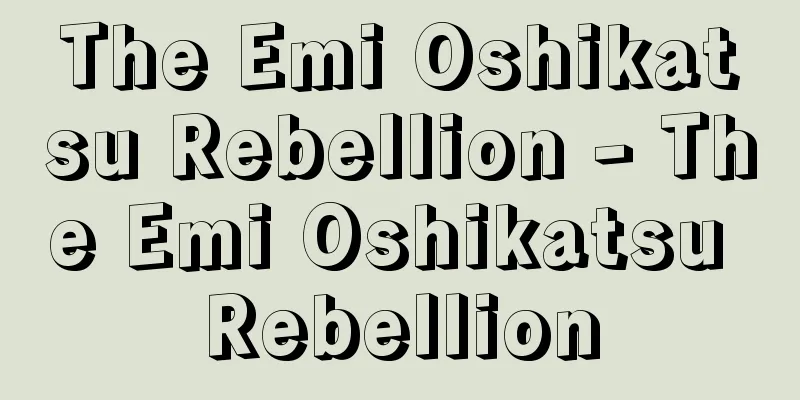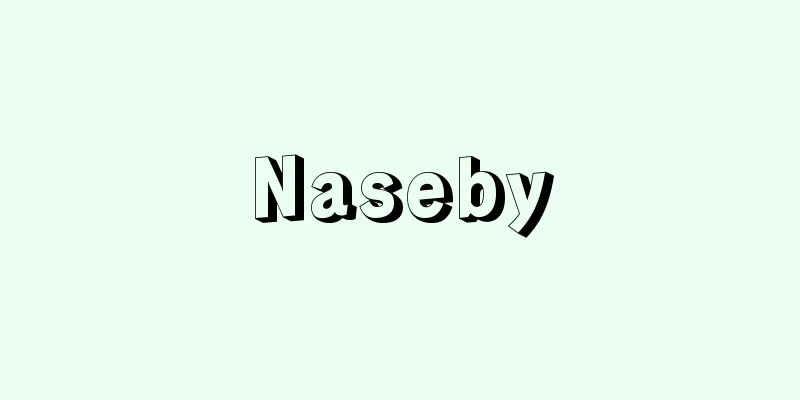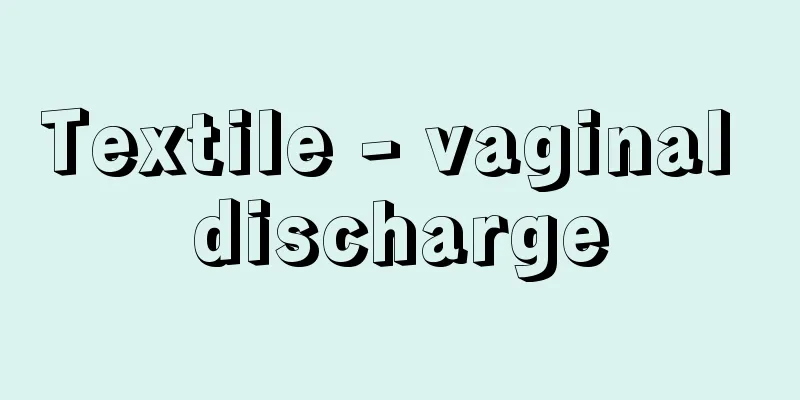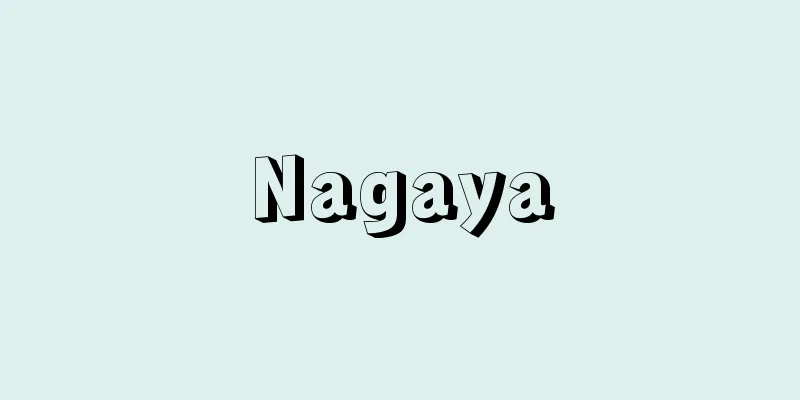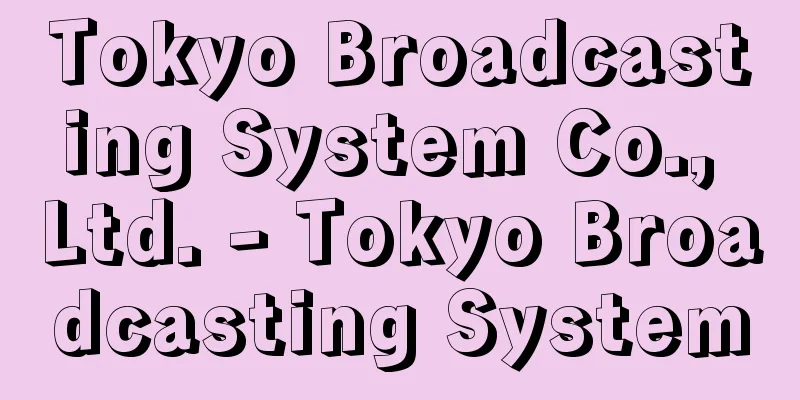Vocational education - vocational education
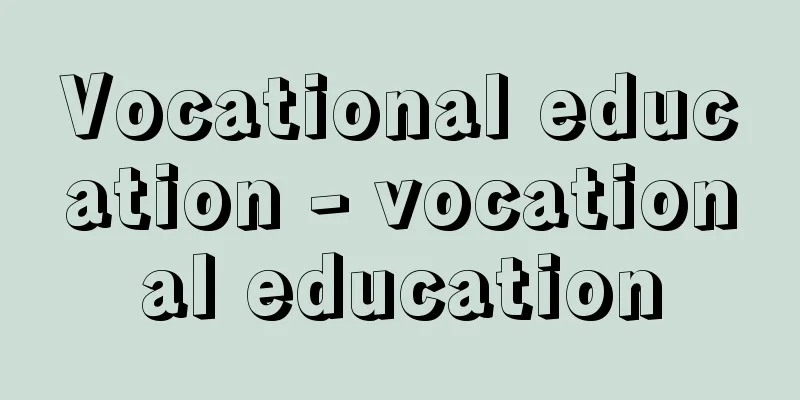
|
This refers to education that is aimed at providing knowledge, skills, and attitudes necessary to engage in a profession. In English, it has been called vocational education, but today it is considered to include professional education. The former refers to secondary-level education, and the latter to university-level education, and there is a need to establish a view of vocational education that connects the two. Vocational education is necessary for all professions that are beneficial to humans, but education related to productive professions such as industry, agriculture, and commerce is called industrial education. Vocational education is not only given at school, but often continues after graduating from school with vocational training to acquire specific skills and in-service training (in-service education) to develop as a professional throughout one's life. Because vocational training quickly cultivates adaptability to a job, it can lack the conditions for an educational effect, but in-service training is considered a higher level of education that builds on the foundations of school education to achieve self-realization as a professional. [Nobuhiro Miyoshi] historySchools originated as non-vocational liberal arts education. In ancient Greece, schools were places of education for free men who lived a life of leisure supported by slave labor. In contrast, vocational education arose in the Middle Ages from two roots. The first was education in specialized professions such as medicine, law, and priesthood, which was carried out at medieval European universities. The second was technical training for the general public, which was carried out through the apprenticeship system in medieval guilds. In the early modern period, vocational schools were established to make the latter type of apprenticeship training more organized. For example, under the 17th century Poor Law in England, workhouse schools were established to provide vocational training to poor children in order to help them become independent. In the 19th century, as the modern public education system was institutionalized, citizens were given basic education in reading, writing, and arithmetic, and those who completed this were given vocational education as supplementary or secondary education. In Germany in particular, compulsory supplementary schools and secondary vocational schools developed, and mainly provided industrial education. In the second half of the 19th century, some of these schools were upgraded to technical universities or agricultural universities. In Japan, public education in the early Meiji period consisted of two fields: specialized education for the training of human resources, and general education for the education of the people. In the 1880s, a new field, vocational education, was added, and vocational schools were primarily responsible for vocational education, but vocational schools became dead-end schools with no direct connection to higher education, which led to the creation of a dual-track education system. After World War II, the system reverted to the two fields of general and specialized, and vocational education was provided in both. High schools in particular have the dual character of higher general education and specialized education, and their specialized departments are usually called vocational departments and are considered the core of vocational education in Japan. [Nobuhiro Miyoshi] Current situation and issuesCurrent vocational education can be broadly interpreted into the following three types: (1) Vocational education as general education This is basic and preparatory education for a career, and in particular, the technical and home economics courses taught in junior high schools. The School Education Law states that one of the goals of junior high schools is to "foster basic knowledge and skills about occupations necessary in society, an attitude that values work, and the ability to choose one's future course according to one's individuality." (2) Vocational education as specialized education This refers to vocational courses in high schools, as well as specialized education in universities and technical colleges. In the age of technological innovation following the Second World War, vocational courses in high schools became increasingly diverse, with the number of departments reaching over 200, but today it is being suggested that emphasis be placed on comprehensive and core courses. With regard to specialized education at universities, a new challenge is the cultivation of a sense of mission and practical skills as a professional. (3) Vocational education as lifelong learning Broadly speaking, there are three types of training. The first is miscellaneous schools and vocational schools. Since 1976, miscellaneous schools with a study period of one year or more and which meet certain conditions have been called vocational schools, and as of 2000 there are 3,551 vocational schools. This includes 2,278 traditional miscellaneous schools, with a total of approximately 970,000 students. The second type is in-house vocational training facilities run by companies and vocational training schools run by public organizations. The third type is in-service training conducted within each professional occupation, such as teacher training. In prewar Japan, vocational education was confined to a special area called business education, which gave rise to an educational view that looked down on vocational education, and this view still remains today in vocational courses at high schools. Western educational scholars such as Pestalozzi and Dewey have advocated harmonizing vocational education with basic and general education. Since human life in modern society is based on occupations, it is necessary for people to demonstrate their individuality within their occupations. To achieve this, it is necessary to incorporate vocational education into general education and establish a richer view of vocational education that develops continuously into specialized vocational education and in-service training. [Nobuhiro Miyoshi] "The Formation and Development of Vocational Education in Modern Japan" by Liang Zhongming (1999, Taga Publishing) " "Vocational and Labor Education in Germany" by Terada Moriki (2000, University Education Publishing) [Reference items] | | | | | | | |Source: Shogakukan Encyclopedia Nipponica About Encyclopedia Nipponica Information | Legend |
|
職業に従事するために必要な知識、技術、態度を修得させることを目的として行われる教育をいう。英語ではボケイショナル・エデュケーションvocational educationとよばれてきたが、今日では専門職業教育(プロフェッショナル・エデュケーションprofessional education)を含むものと考えられている。前者は中等水準の、後者は大学水準の教育を意味し、両者を連続させるような職業教育観の確立が求められている。職業教育は、人間にとって有益なすべての職業に必要とされるが、そのなかで工業、農業、商業など生産的職業に関係するものの教育については、産業教育とよぶ。 職業教育は、学校で行われるだけでなく、学校を卒業したのち、特定の技能を習得するための職業訓練や、生涯にわたって職業人として成長するための現職研修(現職教育)などと継続することが多い。職業訓練は、職業への適応力を速成的に養成するため、教育作用のもつ諸条件を欠落させることがあるが、現職研修は、学校教育の基礎のうえに職業人としての自己実現を果たすための、より高次の教育作用とみなされる。 [三好信浩] 歴史学校は、その起源において非職業的な教養教育から出発した。古代ギリシアの学校は、奴隷労働に支えられて閑暇の生活を送る自由人の教育の場であった。これに対して職業教育は、中世に入って二つのルーツから発生した。その一は、医療、法曹、司祭などの専門職業の教育であって、中世ヨーロッパの大学において行われた。その二は、一般民衆の技術訓練であって、中世のギルドにおける徒弟制度を通して行われた。近世になると、後者の徒弟訓練をより組織的なものとするため、職業学校が設けられた。たとえば、イギリスにおける17世紀の救貧法では、貧困児童を自立させるために救貧院学校を設け、職業訓練をした。 19世紀になって、近代公教育の制度化が進むと、国民に読・書・算の基礎教育を与え、それを修了した者に、補習または中等の教育として職業教育を施した。とくにドイツでは、義務制の補習学校や中等の職業学校が発達し、主として産業教育を行った。19世紀後半になると、そのなかから工科大学や農科大学に昇格するものが現れた。 日本では、明治初期の公教育は、人材養成のための専門教育と、人民教育のための普通教育という二つの分野から成り立っていた。明治20年代になると、新たに実業教育という分野が加えられ、主として職業教育を担当することになったが、実業学校は上級学校へ直結しない袋小路の学校となり、複線型の教育制度を生み出す原因となった。第二次世界大戦後は、ふたたび普通、専門の2分野に戻り、職業教育はその両者において行うことになった。とくに高等学校は、高等普通教育と専門教育という二つの性格をもち、その専門学科は通常、職業科とよばれ、日本の職業教育の中核とみなされている。 [三好信浩] 現状と課題現行の職業教育は、広義に解釈すれば次の3種となる。 (1)普通教育としての職業教育 職業の基礎的・予備的教育をなすもので、とくに中学校の技術・家庭科がこれにあたる。学校教育法のなかには、中学校の目標の一つとして、「社会に必要な職業についての基礎的な知識と技能、勤労を重んずる態度及び個性に応じて将来の進路を選択する能力を養うこと」とあるからである。 (2)専門教育としての職業教育 高等学校の職業科、および大学や高等専門学校の専門教育をいう。第二次世界大戦後の技術革新の時代には、高等学校職業科の多様化が進み、その学科数は二百数十に達したが、今日ではそのなかの総合的、基幹的なものを重視することが提言されている。大学の専門教育については、専門職業人としての使命感や実践力の形成が新たな課題となっている。 (3)生涯教育としての職業教育 大別して三つの機会がある。その一は、各種学校と専修学校である。1976年(昭和51)以来、修業年限1年以上で一定の条件を備えた各種学校を専修学校とよぶようになり、2000年(平成12)現在3551校を数えている。これに旧来の各種学校2278校が加わり、合わせて約97万人余の生徒が学んでいる。その二は、企業の行う事業内職業訓練施設と公共団体の行う職業訓練校である。その三は、各専門職の内部で行われる現職研修であって、たとえば教員の研修などがある。 戦前の日本において、職業教育を実業教育とよぶ特殊な領域に閉じ込めたため、職業教育を蔑視(べっし)する教育観が生まれ、今日でも高等学校の職業科のなかにそれが残っている。職業教育を基礎教育や一般教育と調和させることは、ペスタロッチやデューイなど欧米の教育学者によって提唱されてきた。現代社会の人間生活は職業を基礎として構成されているため、職業のなかで自己の個性を発揮することが必要とされる。そのためには、職業教育を普通教育のなかに取り入れるとともに、専門職業教育および現職研修へと連続的に発展させるような、より豊かな職業教育観の確立が課題となっている。 [三好信浩] 『梁忠銘著『近代日本職業教育の形成と展開』(1999・多賀出版)』▽『寺田盛紀著『ドイツの職業教育・労働教育』(2000・大学教育出版)』 [参照項目] | | | | | | | | |出典 小学館 日本大百科全書(ニッポニカ)日本大百科全書(ニッポニカ)について 情報 | 凡例 |
Recommend
Apia - Apia (English spelling)
It is the capital of Samoa (formerly Western Samo...
Rucksack
〘Noun〙 (Rucksack The sound of "rucksack"...
Varakhsha (English spelling)
The remains of a capital city (mainly from the 6th...
Irreducible fractions - Irreducible fractions
A fraction whose numerator and denominator have no...
Chichibu clan
A group of samurai that arose in the Chichibu Bas...
pillow lace
...but in a broader sense, lace can also be made ...
Gerstmann's syndrome
...Aphasia is caused by damage to the patient'...
Ornithine Cycle
This is a reaction pathway that produces urea in ...
Batillaria zonalis
…[Tadashige Nabe]. . … *Some of the terminology t...
aerial orientation
...And with the exception of the abstract orienta...
Parry, CH (English spelling)
...A disease characterized by goiter, exophthalmo...
Kawatake (fungi) - Kawatake
...A mushroom of the Basidiomycete family (illust...
Special appeal - tokubetsu jokoku
Under the Civil Procedure Law, even if a final ju...
renvoi
…(6) One is that if the application of a foreign ...
Baule
...However, the way in which they do this varies ...

